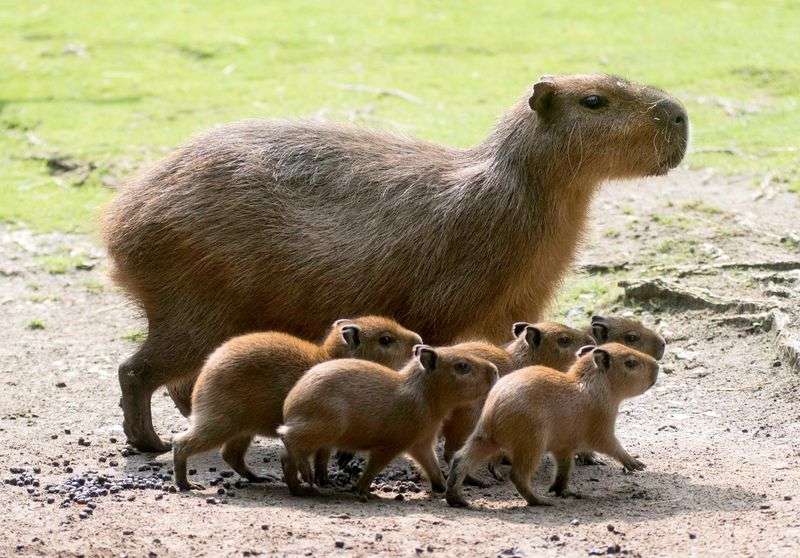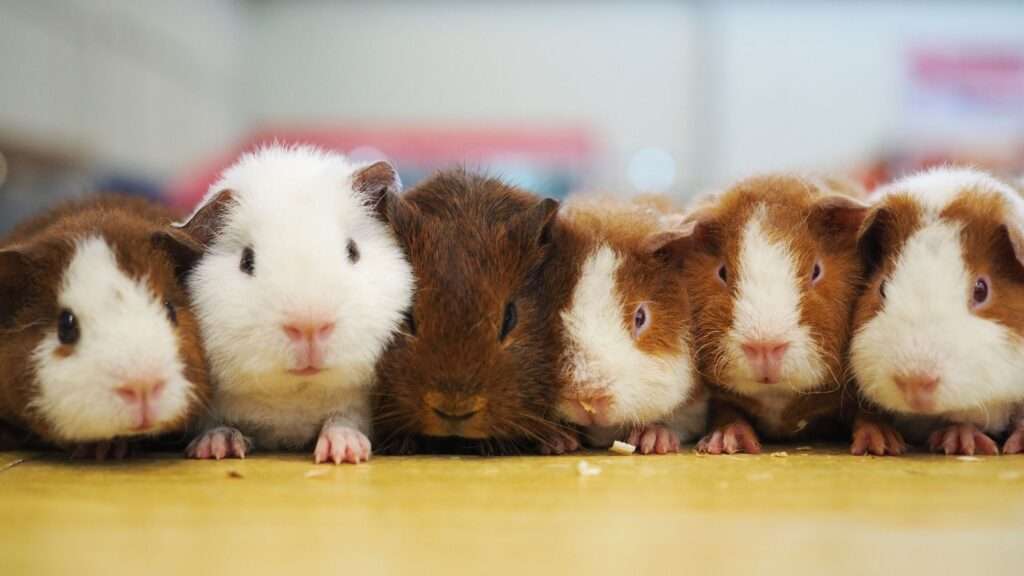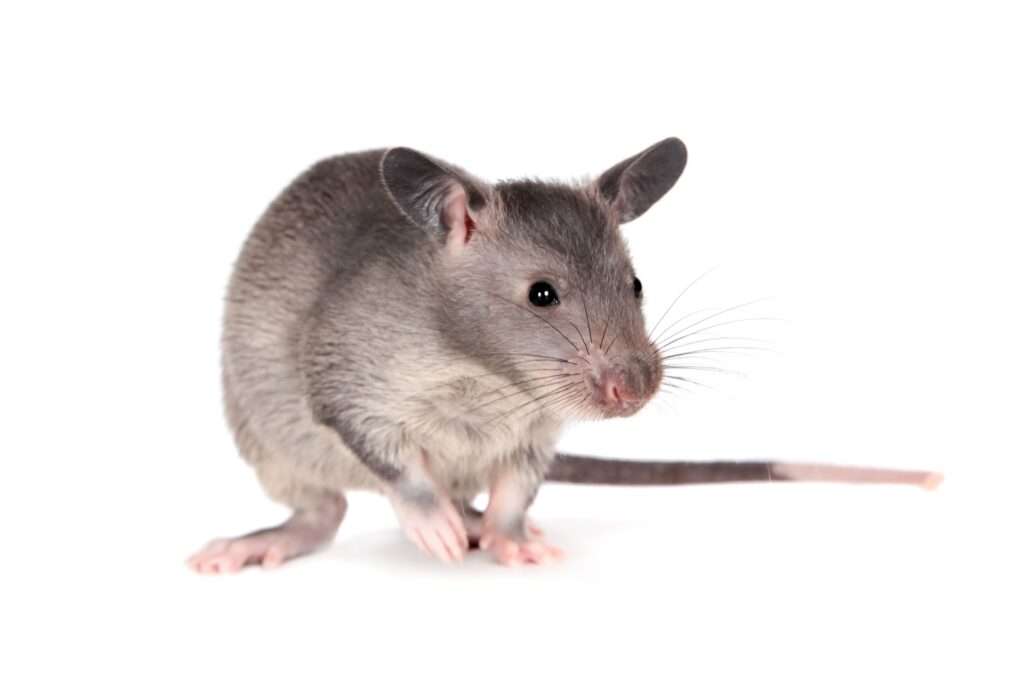
Capybaras are also known as giant guinea pigs, but they are more difficult to care for than their smaller cousins. Capybaras are the world’s largest rodents, weighing up to 170 pounds and being intelligent and friendly animals. They are relatively nice house pets that thrive in groups or couples, so you should obtain more than one. Because they are so big, they require a lot of space as well as an easily accessible pool of water.
Ethics
Owning a capybara or two is an expensive and time-consuming job. These are massive beasts, weighing in at almost 170 pounds each when multiplied by two. Capybaras require the type of habitat given by professional zoos.
As Pet/ In Captivity
Habits
Capybaras raised by humans are typically quite tame, but if you get one as a pet, you’ll need to wait for it to get used to you. People are not frequently bitten by capybaras. They may bite if provoked or when defending themselves, they will bare their enormous teeth. Capybaras are typically anxious and reserved.
Keep an eye
Keep track of its droppings. Normal feces has an olive shape. If it becomes too loose, your pets may consume too much sugar or moisture. It could be an indication that they require more hay and roughage and fewer rewards.
Housing
Capybaras require a marshy environment similar to their native habitat. Capybaras are native to South American jungles.
Because capybaras should not be housed alone, you must provide enough space to the capybara family. A big fenced-in space, approximately 12 feet by 20 feet per pair, as well as a safe enclosure indoors or covered at night, are required. Outside, the fence should be at least 4 feet tall. Check for any spaces that your pet could fit through.

Eat and Drink
In the wild, capybaras eat only three to six plant species. High-quality grass hay supplied in piles or bales should be the most prevalent item in a pet capybara’s diet. Both orchard hay and Timothy hay can be purchased at pet stores and major animal feed stores. Capybaras should also be fed guinea pig pellets with vitamin C every day in a feeding bowl.
Spread hay throughout the enclosure to simulate natural grazing. You can let your capybaras graze on your grass as long as there are no harmful weeds, fertilizers, or insecticides present.
Exercise
Capybaras, as a semi-aquatic animal, require the capacity to swim and loll in the water on occasion. Provide a pen that allows your capybaras to move freely, a pool for swimming as an exercise and wading (over 3 feet deep). At all times, the pool and a shaded space should be available.
Purchasing
Ideally, purchase your capybara from a trustworthy breeder. These creatures cost between $1,000 and $3,000. Females are typically costlier. Keep in mind that you must purchase at least two. First, make sure your neighborhood has an exotics veterinarian who has treated large rodents like capybaras.
Table





